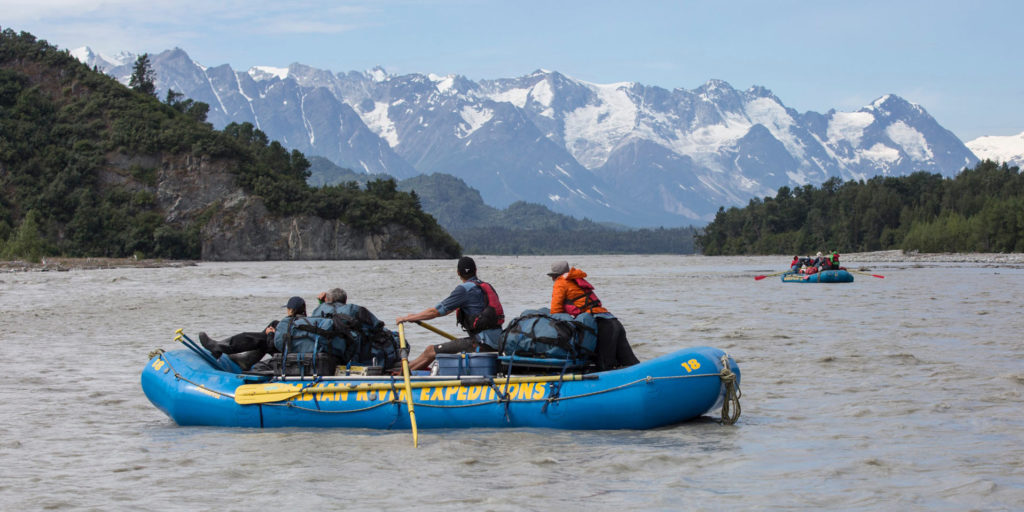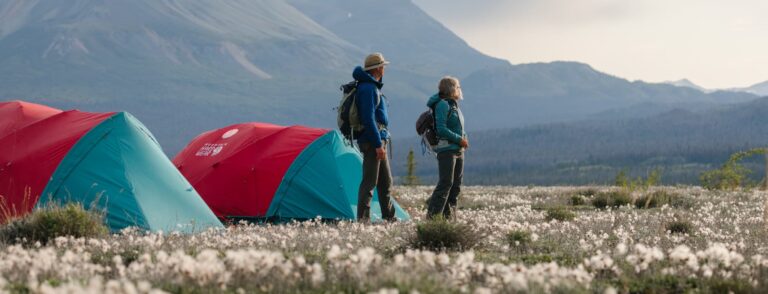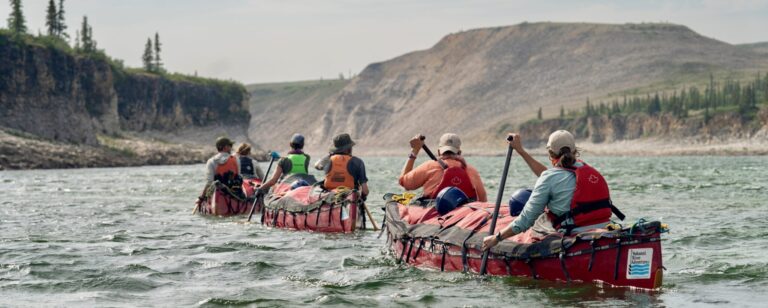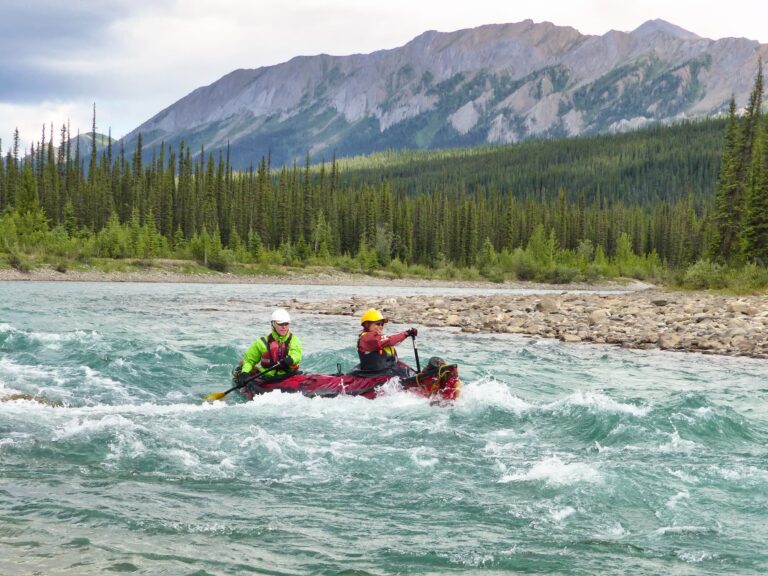Valley Winds – Anabatic and Katabatic
Why does the wind blow upstream in the afternoon? It does – regardless of which side of the continental divide you are on, regardless of prevailing winds. Many an afternoon I have been asked for an explanation by a curious canoeist or rafter as we push our way into a breeze.
The clue to this phenomenon lies in convection – warm air rising to be replaced by cooler air. As the air in the river valley warms during the day, it tends to rise. Which way is up? ‘Up valley’ and ‘up river’-of course. The result is known as an anabatic wind. Add to this the reality that the relatively plane surface of the river offers little resistance to air movement and you have a perfect situation to promote the upstream breeze. Later in the day – as the air cools – the ‘down valley’ flow of air is know as a katabatic wind.
Another twist occurs when the breeze is funnelled from a wide valley to a narrow canyon. Like water forced through a nozzle the velocity is increased. We experience this on the Nahanni when air warmed by the large gravel alluvial fan in Deadmen Valley rushes up through Second Canyon.
Valley Fog (Radiation fog)
Mornings on the river will occasionally find us engulfed in valley (radiation) fog creating a mystical feeling about our campsite. We will watch as the fog ‘burns off’ yielding stunning photographs. In reality the fog doesn’t ‘burn off’. During the day, the sun warms the earth’s surface and, in turn, the air above it through the process of radiation. Warm air is capable of holding more moisture than cooler air, so the air remains clear. On calm cool evenings, the air above the earth’s surface cools and can no longer hold the moisture – condensation occurs and fog forms. When we wake in the morning we are greeted by the fog because the sun’s warmth has not yet reached the ground. It is not until the sun has warmed the earth’s surface (and the air above by radiation heating) that the fog dissipates and the world reappears.
This article was first published in our Northern Currents newsletter in the fall of 1997.











